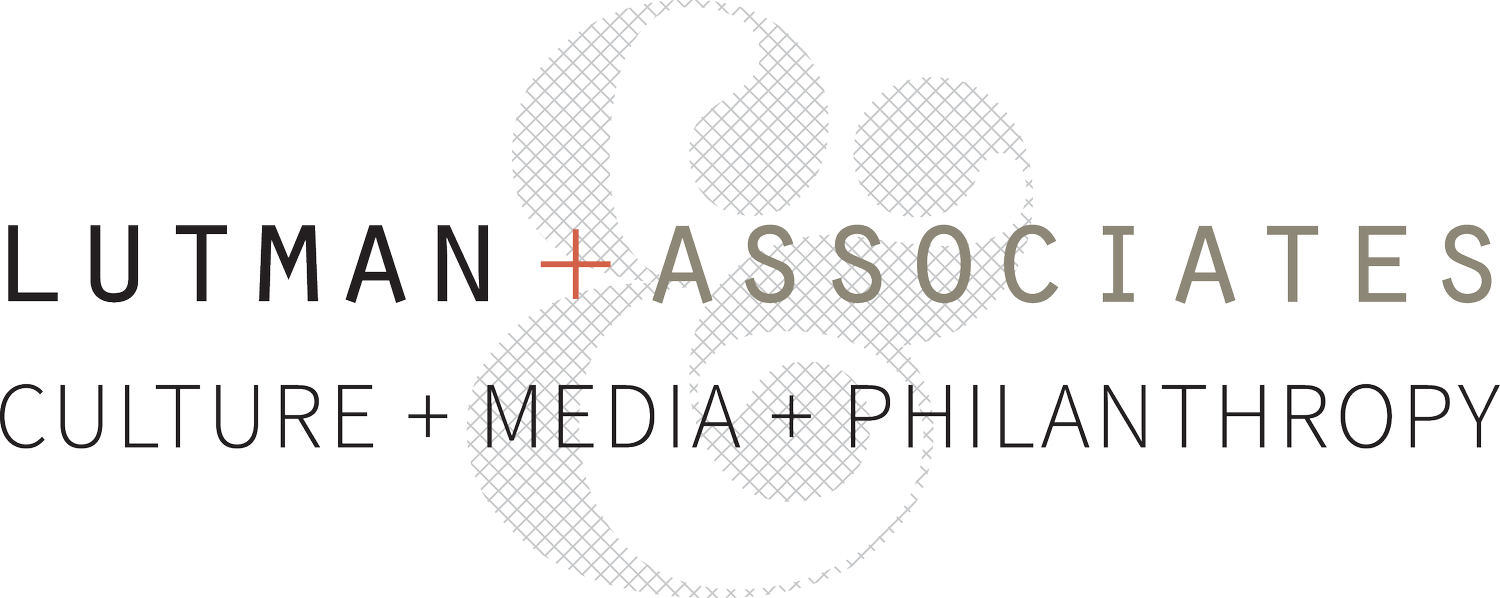Ben Cameron became president of the St. Paul-based Jerome Foundation in January. He previously led Target’s giving in the arts and most recently worked in New York for the Doris Duke Charitable Foundation, one of the nation’s largest arts funders. With a background in theater, Cameron also served as director of the theater program at the National Endowment for the Arts, and as executive director of the Theatre Communications Group, a national service organization for the theater community in the United States. TCB spoke to Cameron recently to learn about the Jerome Foundation’s vision for arts funding.
TCB: What brought you back to the Twin Cities and to this particular position?
Ben Cameron: Really, three things. I’ve been very public ever since I left, that I considered the Twin Cities my home. This was an opportunity to come back to a city that I really love. The second thing that was really powerful for me was, I’ve gone to the national mayors’ conference, and I remember Mayor [Eric] Garcetti of Los Angeles standing up to say that today, national governments will never be the home of successful innovations. They are too mired in bureaucracy and self-interest. Going forward, the breakthrough solutions to the problems we face today will be found on the local level, and it will be the federal government’s job to bring successful innovations to scale. Third, I think we’re in a moment of profound realignment and reorganization for the arts in this nation, and I think the most interesting experiments and solutions are going to happen at the local level.
So as much as I loved my job as a national grantmaker, the opportunity to work with a local focus, with the potential to think about these issues, was deeply attractive.
TCB: You just said that our society’s most important innovations are going to come at the local and regional level; tell me how they will occur.
BC: As a national grantmaker what’s fantastic is you get to interact with great ideas wherever they are. But change, I think, comes from a denser, concerted mass of people working together, and in the local community. There is different potential to watch a system move and adapt when you make many grants in the same community. You can have a kind of local impact that helps nudge a needle that is more likely, compared to, say, 15 grants given across 15 states. Those grants are wonderful for those 15 organizations, but they may not move a system. So it’s about the density of activity.
TCB: Tell me about the characteristics and signals of what you’re calling a critical moment.
BC: The landscape in which we operate is radically different. At least four things define it. First is that the 501(c)(3) model is increasingly challenged and is increasingly limited. Frankly a lot of the most exciting work now—especially among young artists—is not happening in a nonprofit context. We prided ourselves on our “sector purity” when I was growing up, that we were “nonprofit artists.” Young artists want to get the work done, whether it is commercial or nonprofit. The rigidity of the divide is breaking down. Second, we’re clearly in a country where who we are is under radical redefinition. And on the one hand, when I say who we are, that’s thrilling and fantastic, and the possibilities of new cultural expressions and collaborations are unbounded. The landscape today is not based in a presumed understanding of Euro-centric art forms. The third thing that’s different is how we congregate, how we gather, how we spend our time, and not unrelated, the fourth factor is the impact of technology on the arts. What we are dealing with now are the possibilities of the Internet in ways that were inconceivable a generation ago. Artists have to respond. And the arts community has to respond.
TCB: What will be the Jerome Foundation’s role helping people navigate these complexities?
BC: That’s what the coming year’s planning is going to reveal to us. We’ve posted a survey that asks artists and organizations: What do you need? What’s most important to you? What value has Jerome had in the landscape for you? We’re [also] asking: Are we responsive? Do we pay attention? And finally, what should we be thinking about as we move forward? What should we protect? What should we let go of?
TCB: What are your thoughts for the business readers of TCB?
BC: For people in business, it’s important to think about the ultimate value that can be brought through nonprofit board service. While oversight is a critical role, I think what people in nonprofits are hungry for is insight and foresight. By miring too deeply in the mechanics of an organization, and in a sense wanting to oversee management, not only is that potentially vexing on all sorts of levels for everyone involved, but it deprives everybody of the ultimate richness of what board service can be, which is really about foresight and insight. When people think, “What can I bring as a business person?” recognize it’s not just management expertise; it’s those other capacities, which are even more important right now.
Read More